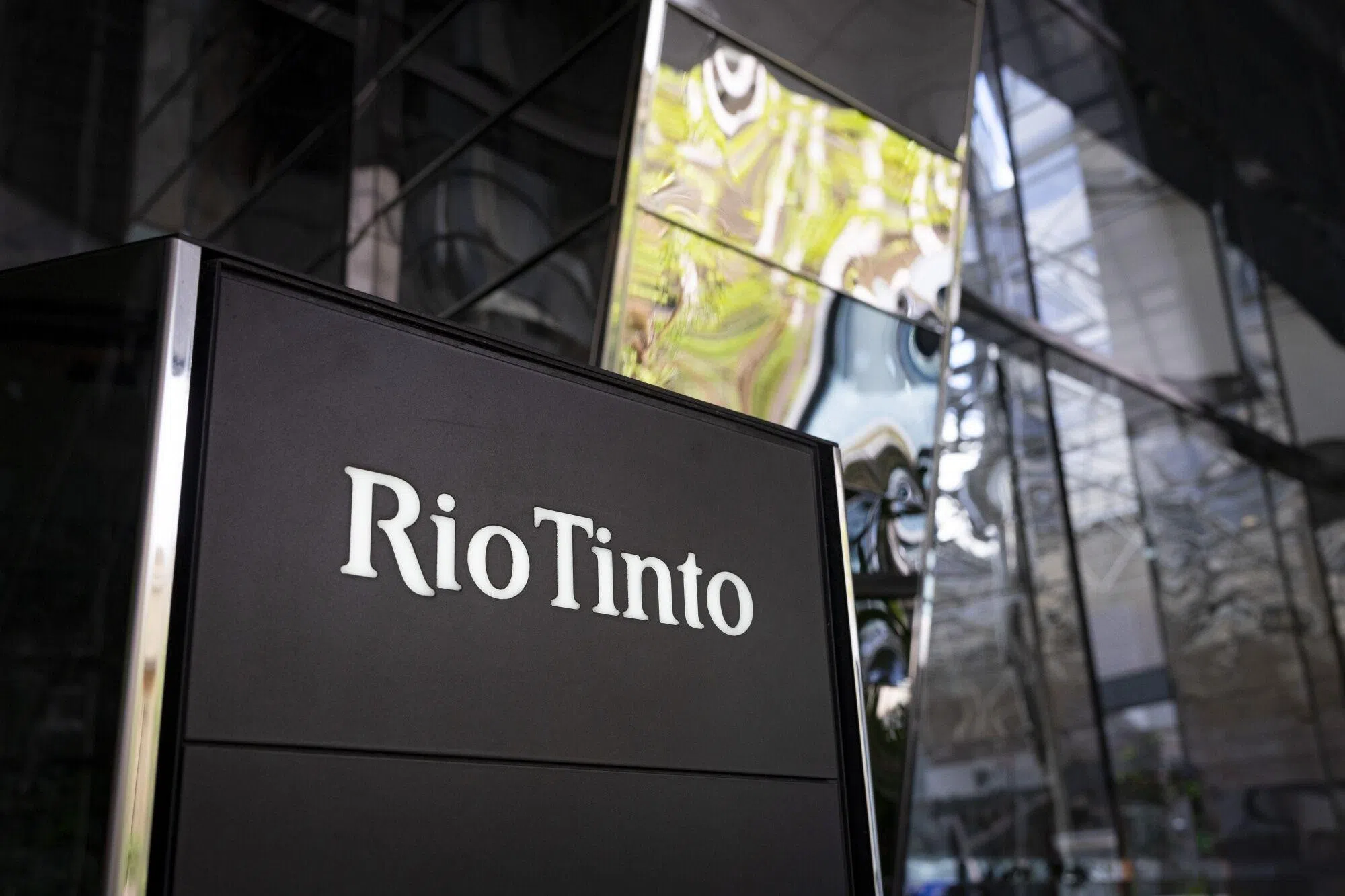Blockbuster deals that died a decade ago are coming back to life, as sectoral, regulatory and political tailwinds create favourable conditions for reviving transformational transactions.
In the last three months alone, executives and mergers and acquisitions (M&A) bankers have sought to resurrect deals involving companies with a combined market value of roughly US$300 billion – with varying degrees of success.
Bloomberg News reported last Thursday (Jan 18) that Rio Tinto and Glencore have held early stage discussions about combining their businesses to create a behemoth that could rival longstanding industry titan BHP. Glencore previously proposed a merger with Rio in 2014.
Earlier in the week, SGS and Bureau Veritas confirmed a Bloomberg report that they’re in advanced talks to create a European champion for testing and certification with a combined market capitalisation of more than US$33 billion. A deal has been mooted for at least two decades.
And late last year, snacks and sweets company Mondelez International made a fresh attempt to buy iconic US chocolate maker Hershey and forge a food giant with combined sales of almost US$50 billion. Just like in 2016, Hershey rejected the approach.
‘Animal spirits’
These situations have all reemerged amid a broader recovery in global dealmaking, which is widely tipped to accelerate under the second Donald Trump presidency in the US. Record stock market levels are also boosting boardroom confidence about pursuing big M&A, according to Valeriya Vitkova, a senior lecturer at City University of London’s Bayes Business School.
BT in your inbox
Start and end each day with the latest news stories and analyses delivered straight to your inbox.
“These deals are driven by both animal spirits and just general merger frenzy and the two can reinforce each other,” Vitkova said.
Just because company executives have reconsidered mega mergers, it doesn’t mean they can overcome the traditional hurdles to sealing them, as Rio Tinto’s short-lived talks with Glencore and Hershey’s rejection of Mondelez have shown. But just the fact that those players were open to restarting conversations underscores the renewed confidence among dealmakers.
Top bankers, such as PJT Partners chief executive officer Paul Taubman, are predicting the start of a historic run. “My prediction is, other than 2021, which was an aberrational year, this could easily be the best M&A year we’ve had in, say, 10 years.” Taubman said in a Bloomberg TV interview from a Goldman Sachs Group conference.
Broad recovery
Global transaction volume rose 15 per cent to hit US$3.3 trillion last year, data compiled by Bloomberg show, helped by cheaper borrowing costs, strong equity markets and companies simplifying their businesses via asset sales and spinoffs. There is also a strong belief among M&A advisers that Trump’s re-election and pro-business agenda will fan the deal flames by freeing up more cash for acquisitions via corporate tax cuts and by lowering regulatory barriers to big deals across sectors.
“Deals previously considered too complex or risky are being re-evaluated, driven in part by a pro-growth narrative from governments and a perception of shifting regulatory landscapes,” said Nigel Wellings, a partner at Clifford Chance in London. “However, whilst regulatory attitudes may be encouraging, they may not yet have evolved enough to significantly reduce execution challenges.”
Last September, DirecTV and Dish agreed to combine in a deal that would’ve created the biggest pay-TV provider in the US. The two companies have flirted with merging on and off for two decades. While US regulators blocked the deal in 2002, this time it was bondholders who scuppered the transaction.
Other examples include UniCredit, whose rainmaker chief executive officer Andrea Orcel has revived two old ideas in the last five months. The Italian lender made an unsolicited 10 billion-euro (S$14 billion) bid for domestic rival Banco BPM in November, several years after reportedly abandoning a similar move because of Russia’s invasion of Ukraine. He also unexpectedly built a stake in German bank Commerzbank in September and said a takeover is possible, about seven years after UniCredit told the German government it would be interested.
Even the US$26 billion takeover of Permian Basin driller Endeavor Energy Resources, agreed in February 2024, was years in the making, with the target exploring a sale back in 2018 and all the major oil producers looking.
To be sure, some of the same hurdles remain, such as disagreements over valuation, lack of shareholder support and cultural clashes, according to Vitkova at Bayes Business School. Political opposition is also increasingly a factor, especially in sensitive sectors such as banking and mining.
“It is usually the ‘Jack Reacher rule’ – never go back,” Daniel Rosenberg, a partner at law firm Charles Russell Speechlys, said of trying to reignite M&A situations. “If deals are genuinely being revived, it’s an indication that they are very strong deals. They need to be in order to survive that rule.” BLOOMBERG







